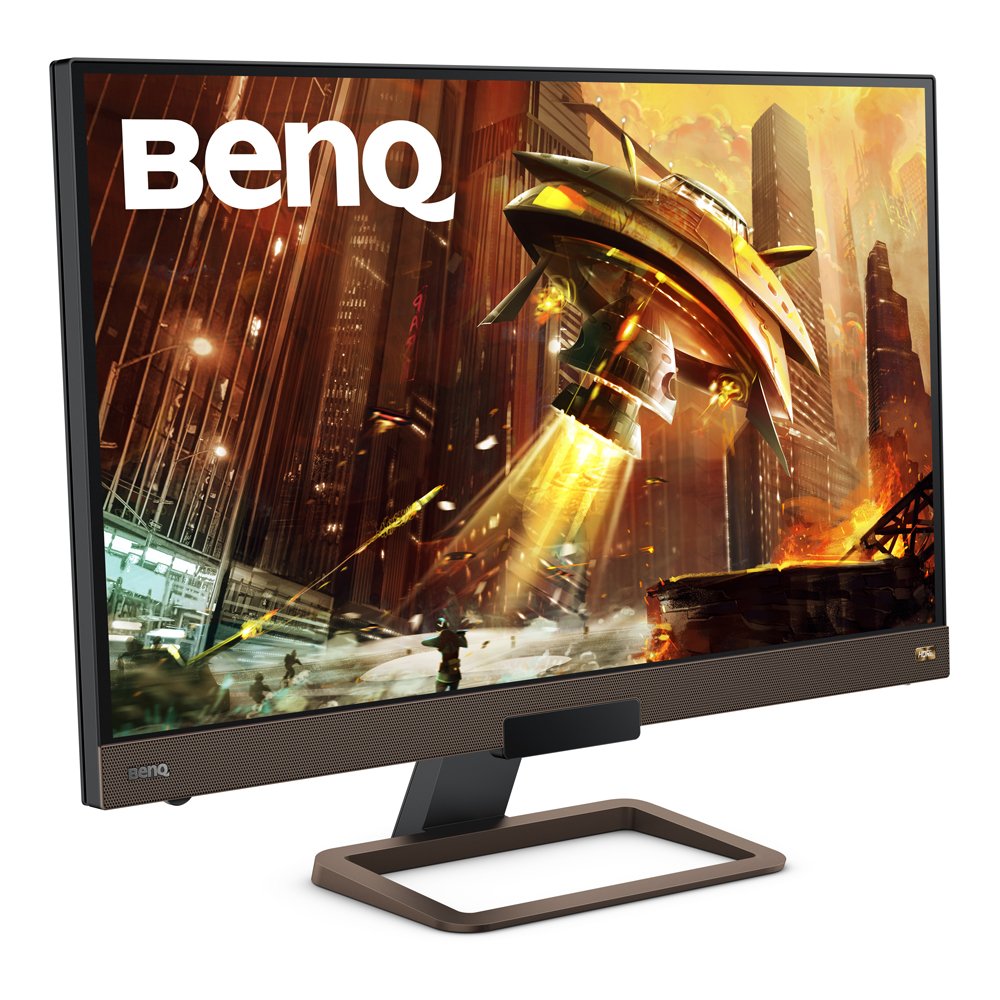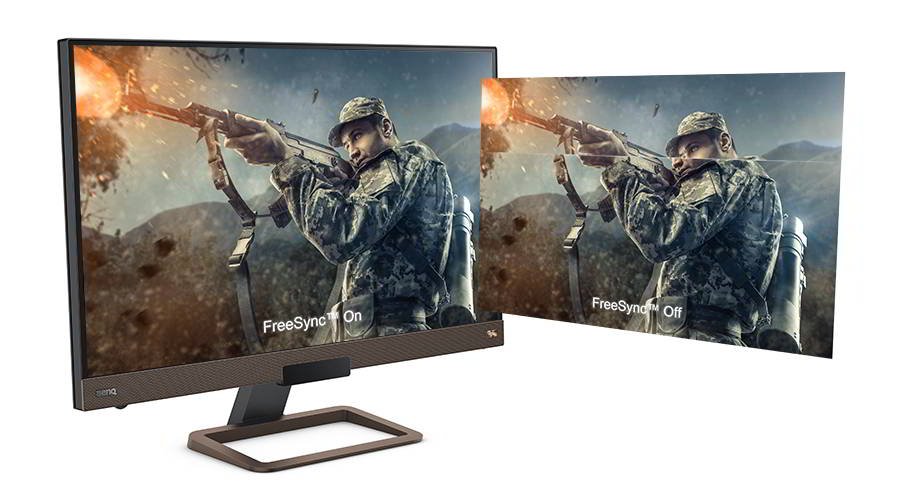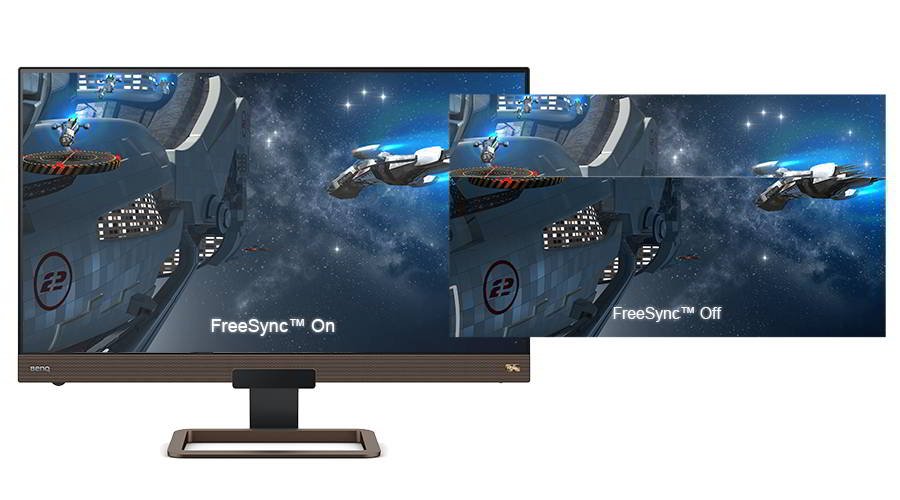Projector
Monitor
Lighting
Digital Display
Job References
This site uses cookies. By continuing to browse the site you are agreeing to our use of cookies, you can also manage preferences.
This site uses cookies. By continuing to browse the site you are agreeing to our use of cookies, you can also manage preferences.
Projector
Monitor
Lighting
Digital Display
Job References
Projector
Monitor
Lighting
Digital Display
Job References
Knowledge Center SupportYes, AMD FreeSync variable refresh rate technology for PC and console gaming has supported high dynamic range, or HDR, since 2017. However, there’s more to the story since only what is known as FreeSync Premium Pro currently supports HDR content.

Original FreeSync, released in 2014 and deployed to PC gaming monitors in 2015, eliminates screen tearing by syncing your monitor and your graphics card’s refresh rates. That hasn’t changed since then, and even now basic FreeSync does a great job of preventing screen tearing and ensuring properly synchronized framerates.
As HDR became more popular alongside 4K from 2016 and onwards, AMD introduced FreeSync 2 in 2017. The more advanced version added support for graphics in HDR mode, meaning it has the bandwidth to process framerates when display data includes high dynamic range. So yes, with the advent of FreeSync 2, AMD FreeSync technology officially added HDR support.
No, because FreeSync 2 was retired. As the games industry evolves and changes, so do the technologies that enable gaming and gamers. AMD completely revised FreeSync branding and features in late 2019. Instead of two layers, basic FreeSync and FreeSync 2, we now have three tiers. Baseline FreeSync remains the same, focusing on screen tearing (or variable refresh rate, based on VESA Adaptive Sync). The new tiers, FreeSync Premium and FreeSync Premium Pro, rose from demand for high framerates. Both were designed with a minimum of 120Hz in mind, whereas original FreeSync from 2014 was developed in an era when 60Hz was quite fast. The two top FreeSync tiers further add low framerate compensation to prevent refresh rate dips due to heavy performance loads in-game, especially in framerate-centric titles like first person shooters.
Only FreeSync Premium Pro supports HDR at the moment. While nominally all versions of FreeSync don’t cost manufacturers anything in the form of royalties, of course technical complexity increases as we go up the tiers. So a monitor with entry-level FreeSync will likely cost less than one with FreeSync Premium. But if you want HDR and FreeSync together, make sure the specs say FreeSync Premium Pro and that the technology’s logo appears somewhere in materials related to the monitor you’re buying.

Thanks for your feedback!



